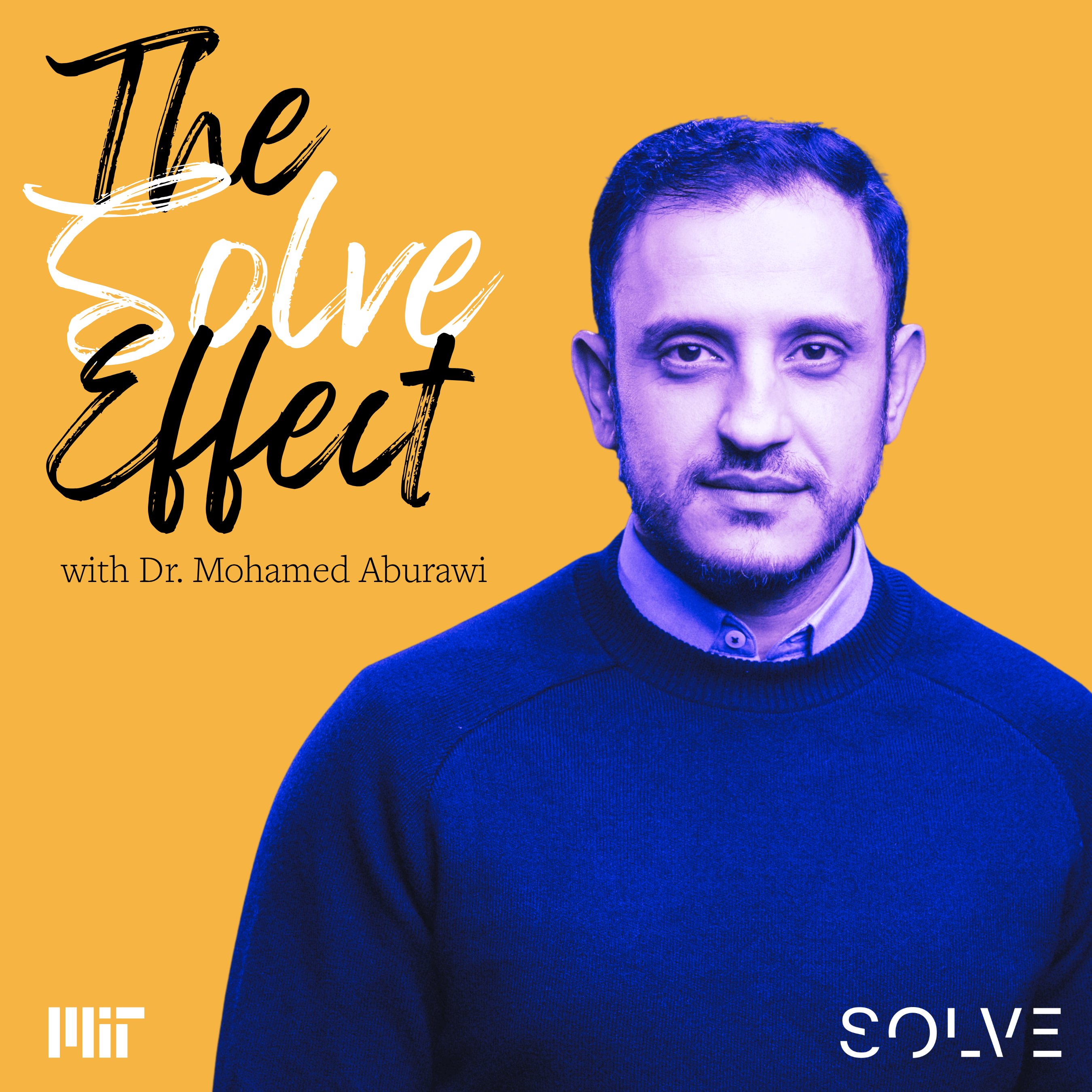
Finding Innovative Solutions to Global Challenges
The Massachusetts Institute of Technology (MIT) Solve program leverages crowdsourced open innovation to find solutions to some of the world’s most pressing problems.
Each year, MIT Solve launches four open Challenges that address different aspects of socioeconomic, environmental, and technological issues facing society. This year, these Challenges sought solutions to four categories: Coastal Communities, Frontlines of Health, Teachers and Educators, and Work of the Future. More than 1,100 solutions were submitted in July 2018, and after filtering them to 15 per Challenge, finalists were invited to pitch their solutions to a panel of judges at Solve Challenge Finals in New York City on September 23.
Hamilton Insurance Group is the first insurance company to join MIT Solve, and I was proud to be one of the judges for the Coastal Communities Challenge. As a re/insurance company focused on applying technology and data science to our underwriting, Hamilton is passionate about finding new solutions that address the protection gap, mitigate or reduce risk to people and property, and build resilience.
Coastal communities represent about 30 percent of the global population and are some of the most vulnerable segments of society. The Challenge set by MIT Solve was this: How can coastal communities mitigate and adapt to climate change while developing and prospering?
MIT Solve invited social entrepreneurs to propose solutions to this Challenge that address climate change issues such as sea level rise, tropical storms and flooding, and ocean warming and acidification.
“Solver teams,” as these entrepreneurs are called, were asked to address sustainable economic activity and infrastructure approaches that could increase resilience, ecosystem regeneration, and technology concepts to enable data-based decision-making.
A range of ideas were presented to us, and we were tasked with judging them against five criteria: alignment to the Challenge, the potential to impact lives, the scalability of the solution, the feasibility of the solution—being self-sustaining, and the innovative nature of the solution.
Within the re/insurance industry, we are challenged with a variety of similar issues. In 2017, three major hurricanes—Harvey, Irma, and Maria—made landfall in the United States, resulting in a massive impact on the coastal communities of Houston, the fourth most populous US city; much of Florida; and the island of Puerto Rico, which was devastated by Hurricane Maria.
Events like these have a profound and long-lasting impact on the people living in these communities, and the recovery can be challenging. The economic losses from these three events are estimated by Swiss Re’s sigma service at US $217 billion. Just $92 billion of this amount represents insured losses, a dramatic example of the extent of the protection gap.
The good news is that the reinsurance industry ensured that insurance companies in these communities were rapidly provided with the additional capital required to help respond and rebuild.
So, the big question for people who spend their career managing risk is: how can we close this gap and reduce the loss of life, destruction of personal property, and loss of income that accompany catastrophes of this nature?
There are several ways we can do this:
- Increase the amount of the economic impact that is insured.
- Mitigate the risk through improved infrastructure and increased resilience.
- Reduce the severity of the events where there’s an established link to anthropogenic climate change or environmental impact by addressing the human-induced component.
- Improve the immediate post-disaster response.
- Reduce the need for people to live in the most vulnerable regions.
MIT Solve’s finalists in the Coastal Communities Challenge provided solutions that addressed one of these five action points while also providing improved quality of life for coastal communities in the absence of disasters.
Of the nine solutions selected as Solver teams, two have a clear post-disaster response application through improved real-time monitoring and information services; two provided improved and more resilient infrastructure that functions off-grid; two provided solutions to improve natural coastal defenses through environmental regeneration; and the remaining three provided an approach to combat invasive species as well as a natural method for pollution clean-up; a technological method for monitoring shipping emissions; and a novel method for farming rice in a less water-intensive fashion.
These solutions all have significant potential to improve the adaptability of coastal communities all over the world, with solutions selected being implemented across three continents.
Over the next few weeks, I will explore the nine selected solutions and provide insights into the socioeconomic and environmental impact along with the potential to close the protection gap these solutions hold. Stay tuned.
Allison Archambault pitches Earthspark Participant Power during the Coastal Communities session at Solve Challenge Finals, September 23, 2018. (Photo: Adam Schultz / MIT Solve)
Tags:
- Learning
- Economic Prosperity
- Health
- Sustainability
Related articles
-
“Education is the one thing you can take with you.” A Q&A with Rudayna Abdo, Founder and CEO, Thaki

-
A LEAP in evidence-based innovation for education
How to address the need for evidence-based innovation in education by empowering researchers, social entrepreneurs and education organizations to work together.
-
A Visionary Healthcare Innovator: Dr. Mohamed Aburawi on Tech, Healthcare, and Impact Investing
In the newest episode of The Solve Effect, Dr. Mohamed Aburawi shares how building in crisis can spark innovation that lasts.